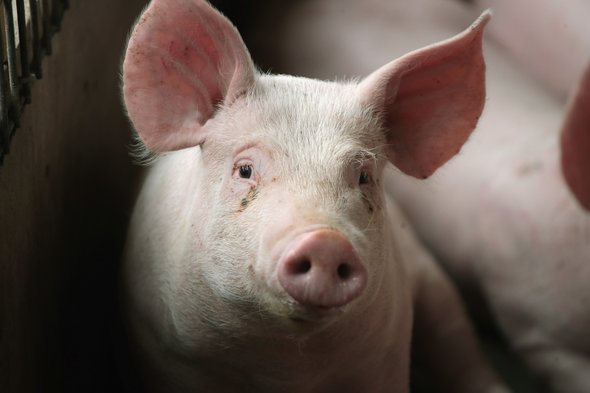Since 2015, the number of finishing pigs in the country has fallen by 23%, while the sow herd has decreased by 31%. The decline has been more pronounced in the eastern federal states. Even more significant is the reduction in the number of pig farms: more producers are leaving the sector, and those who remain are expanding their operations.
After three years of shrinking output, the sector has begun stabilizing. Slaughter numbers and total domestic production have leveled out, while imports of live pigs have declined due to a shortage of slaughter animals across the EU. At the same time, production from domestic herds has increased, although the sow population remains unchanged.
Forecasts indicate that pork exports from Germany will rise slightly in 2024–2025, while imports will continue to decline. This trend is driven by a well-supplied domestic market that leaves less room for foreign products. Analysts believe that pork consumption in 2025–2026 will remain stable or decrease slightly, although high beef prices could motivate consumers to shift toward pork.
Despite recent challenges, Germany continues to produce far more pork than it consumes. The country’s self-sufficiency rate is estimated at 130–140%, allowing it to remain a major exporter even amid ASF-related restrictions on third-country markets.
Experts note that the German pig sector is still adjusting to new market realities, but full recovery is constrained by high production costs, strict regulations, and the slow generational renewal among farmers.
PigUA.info based on materials from pig333.com



